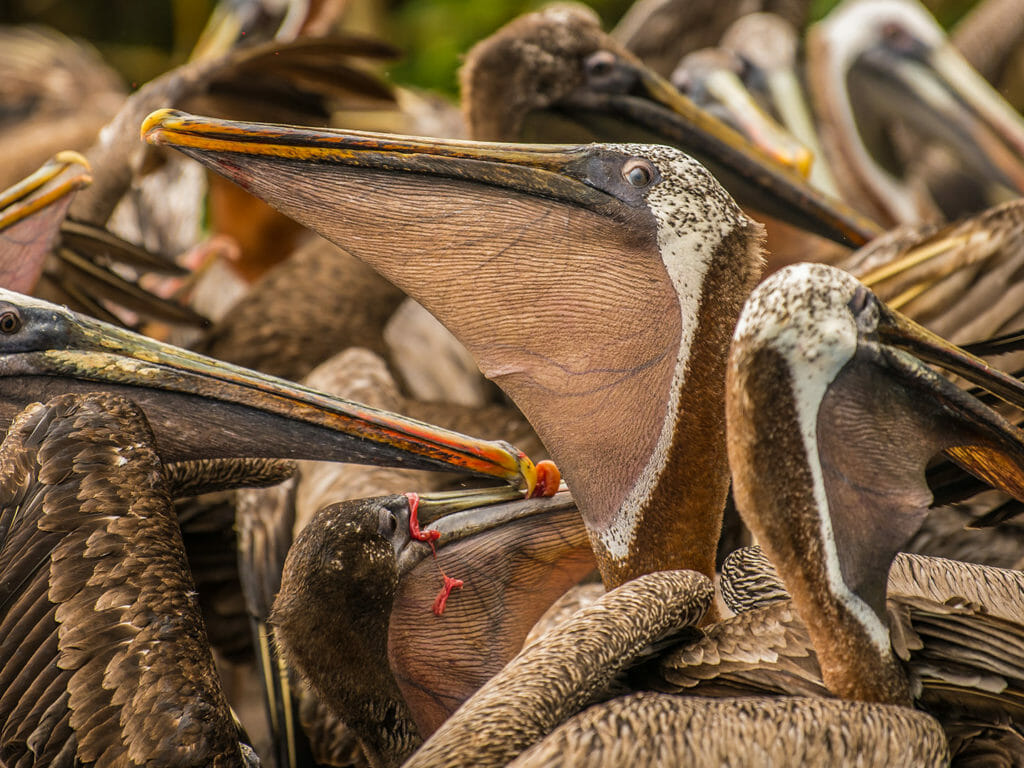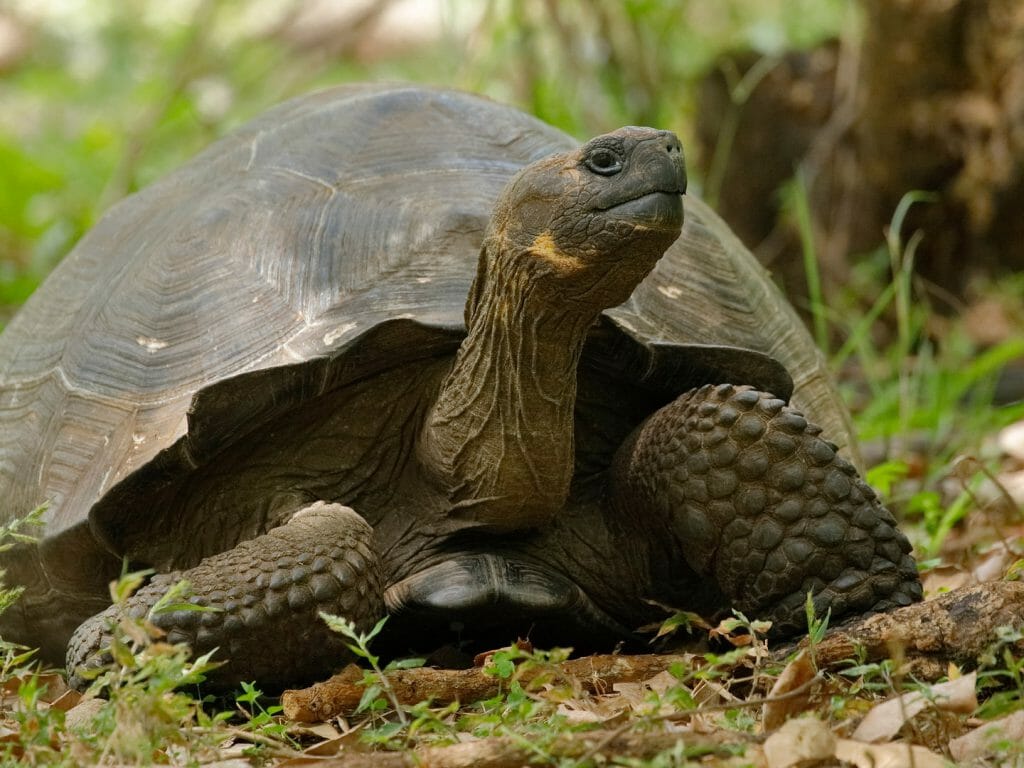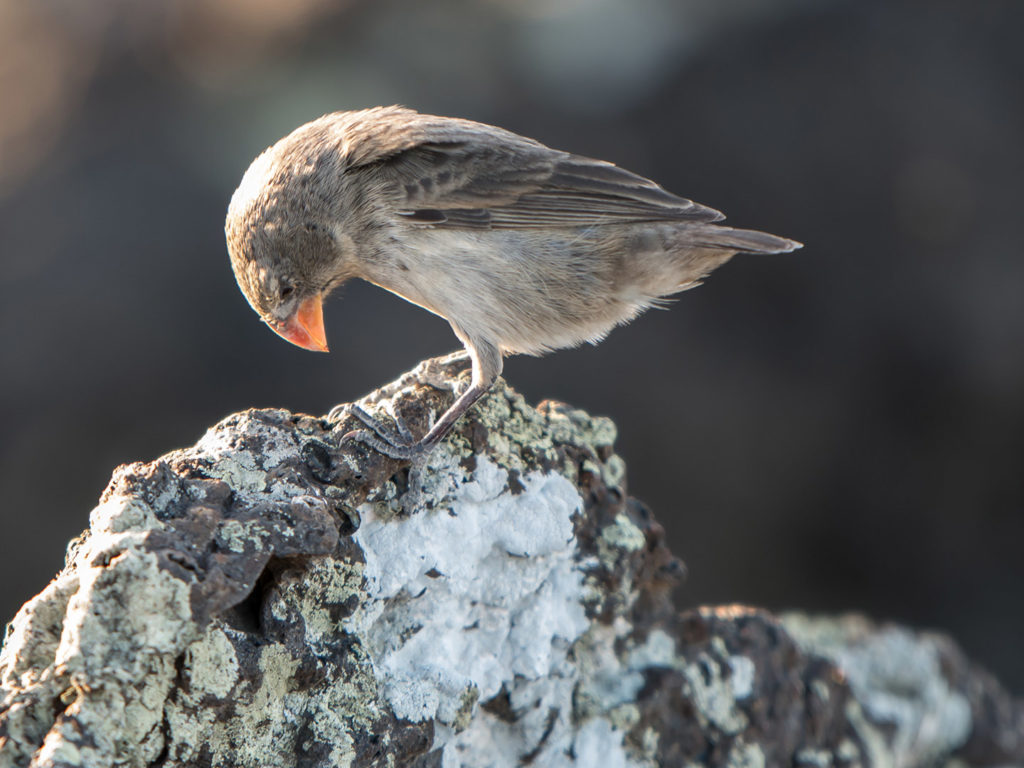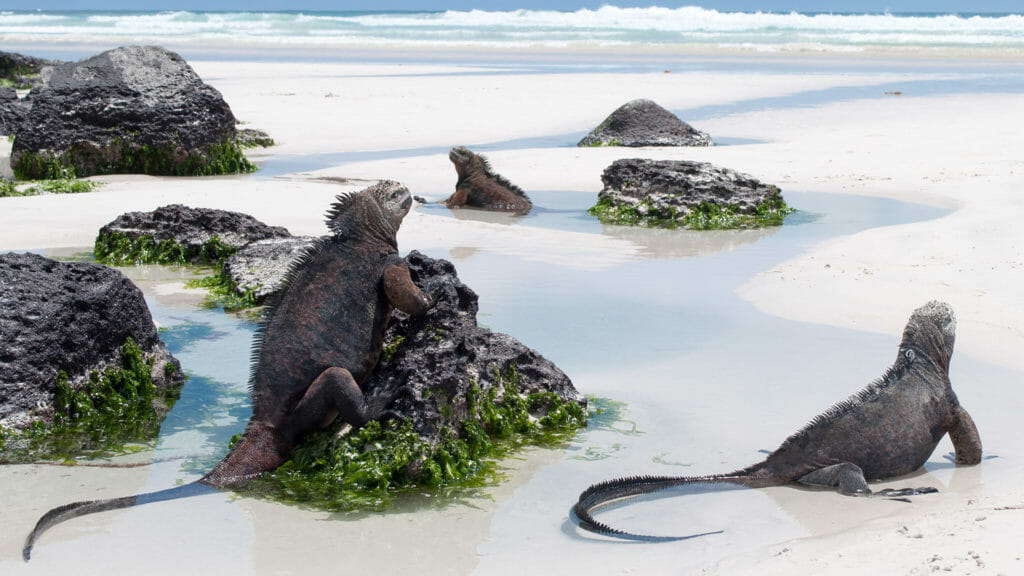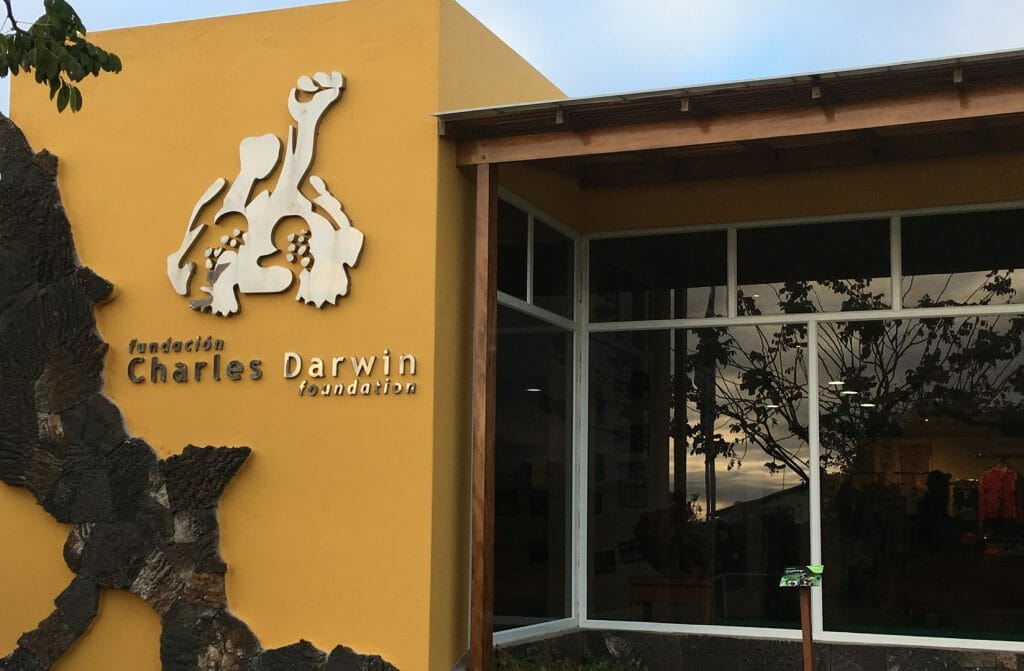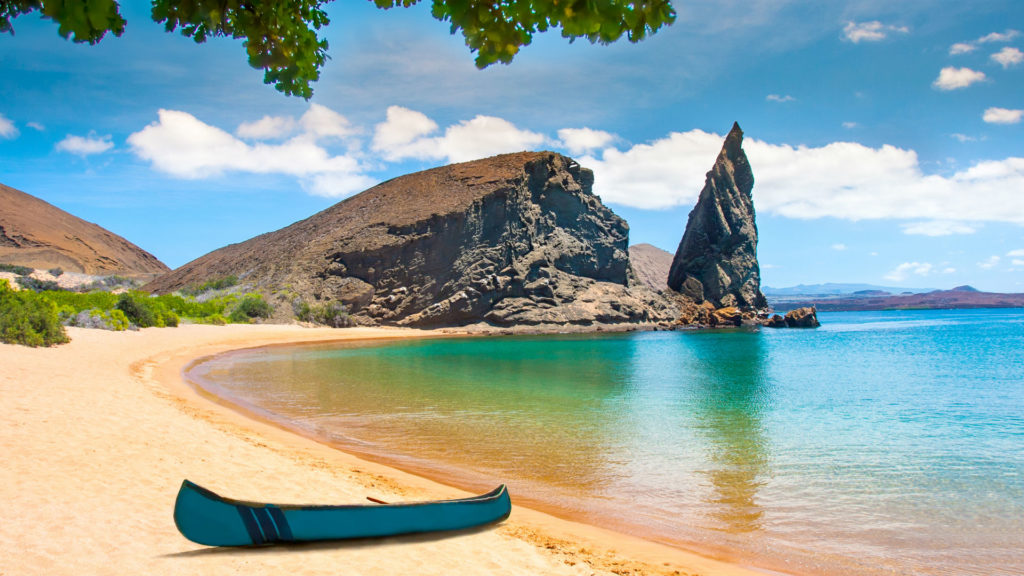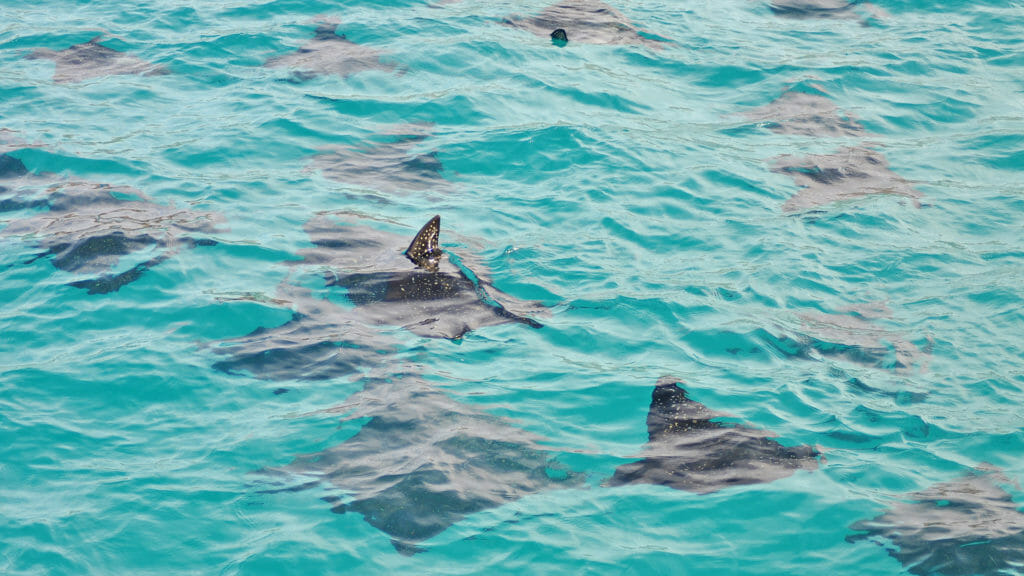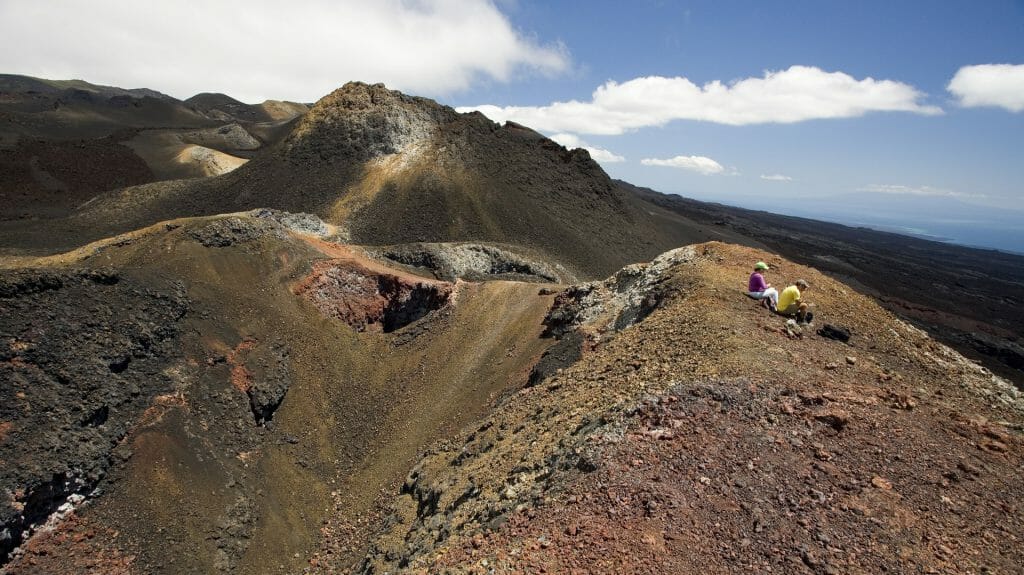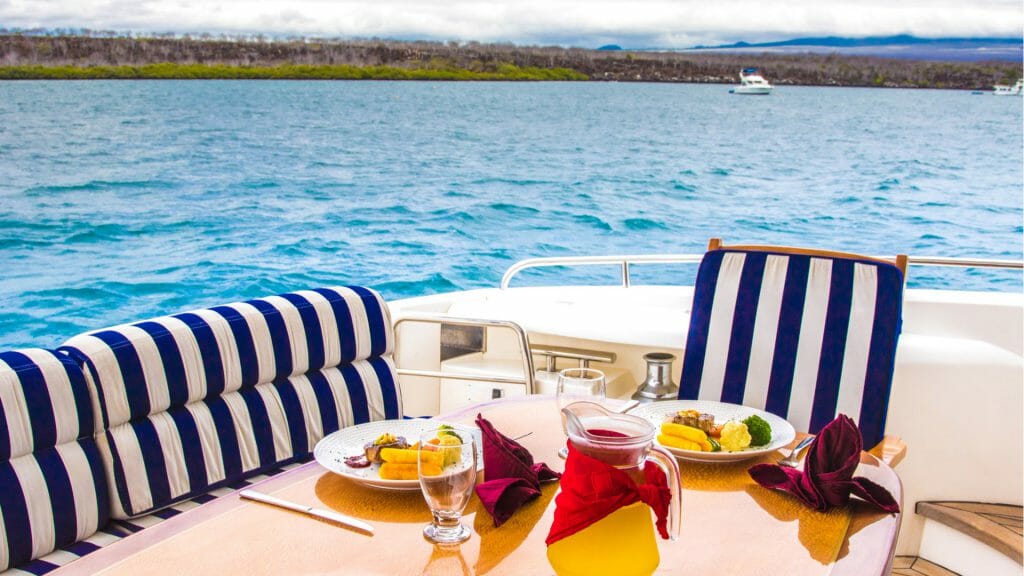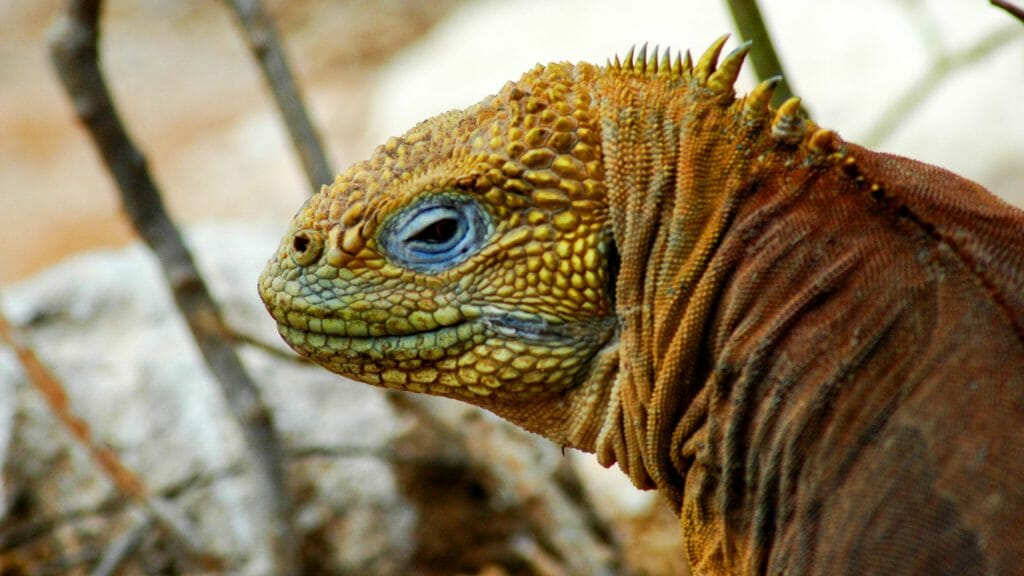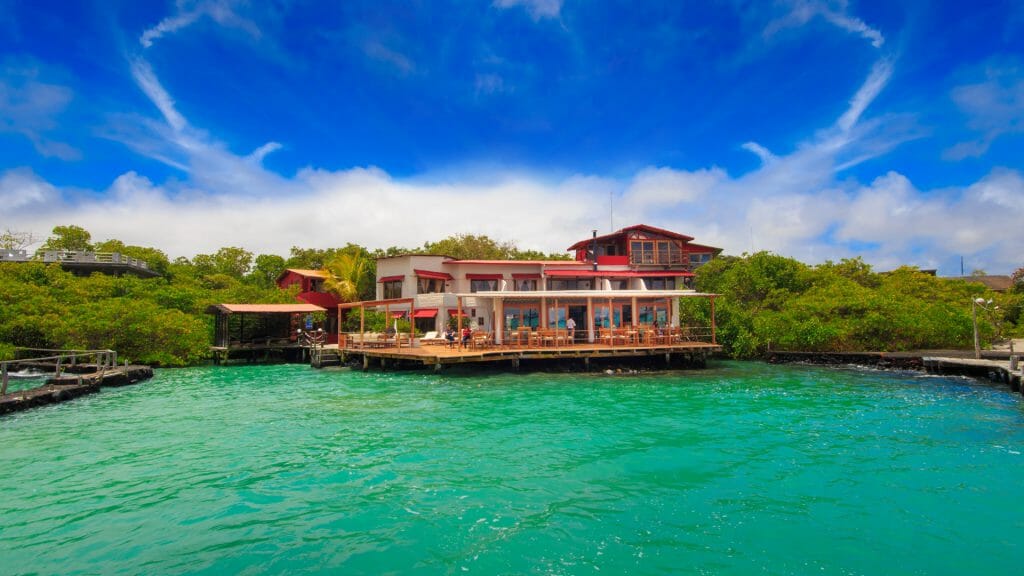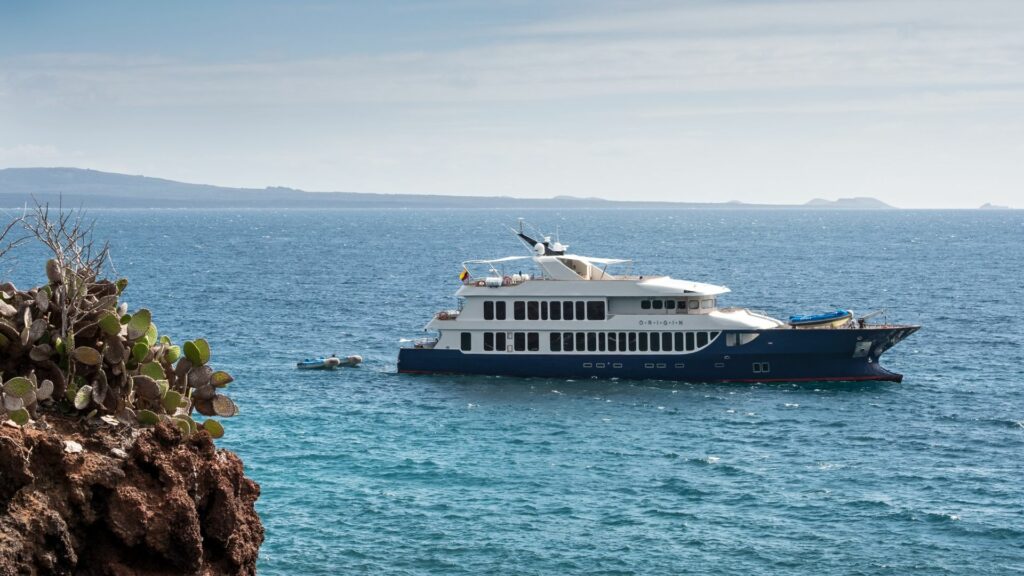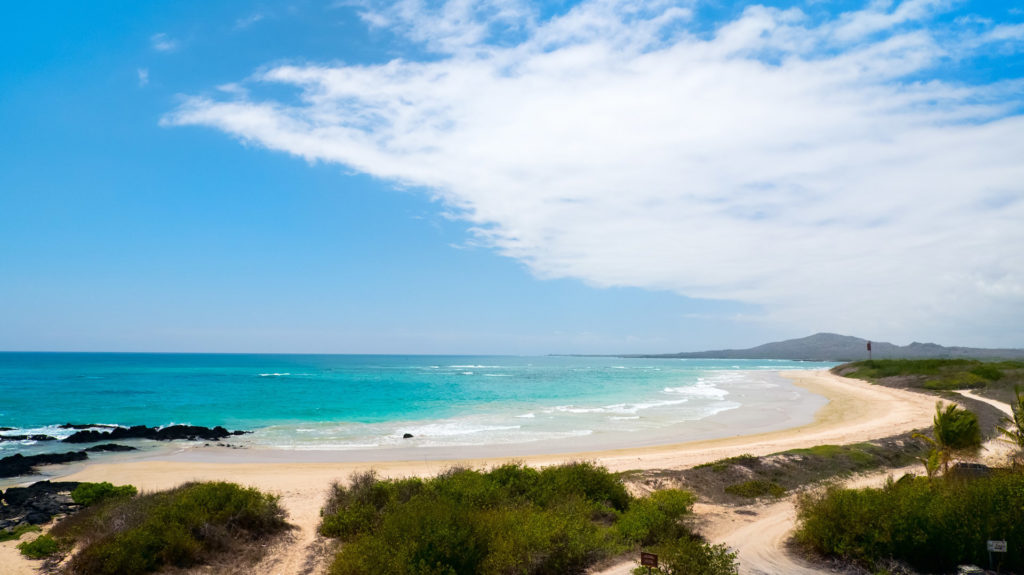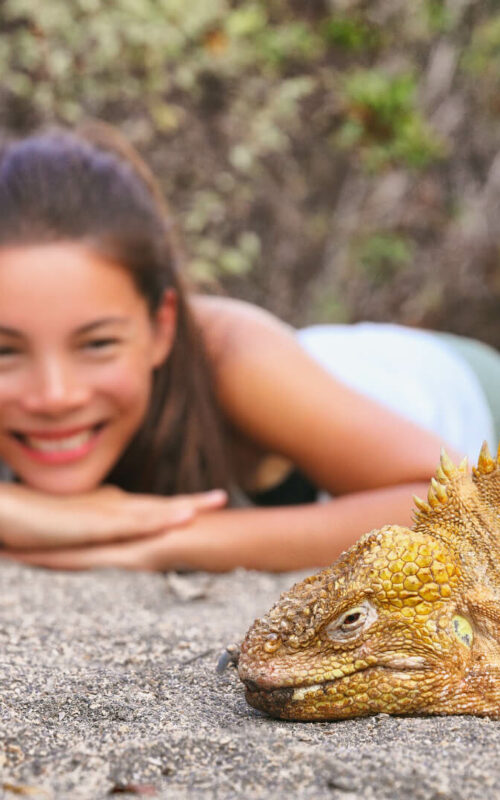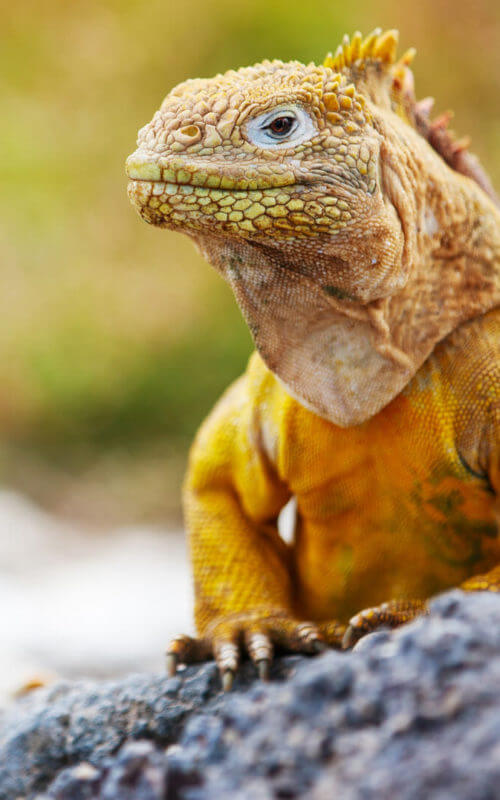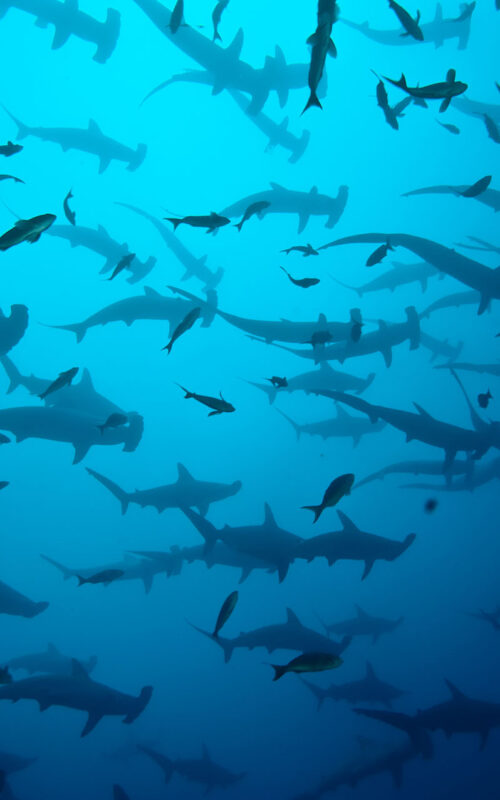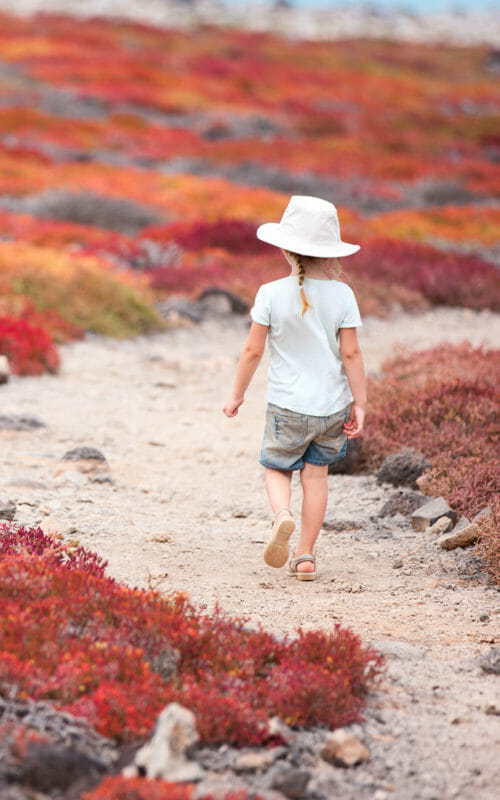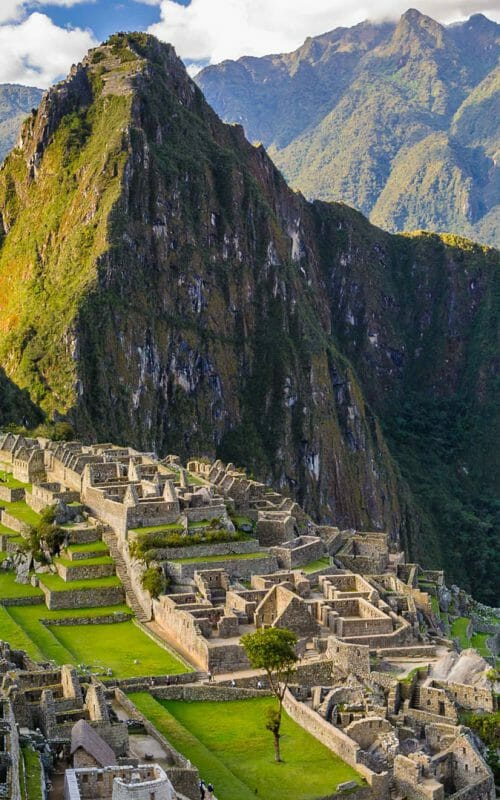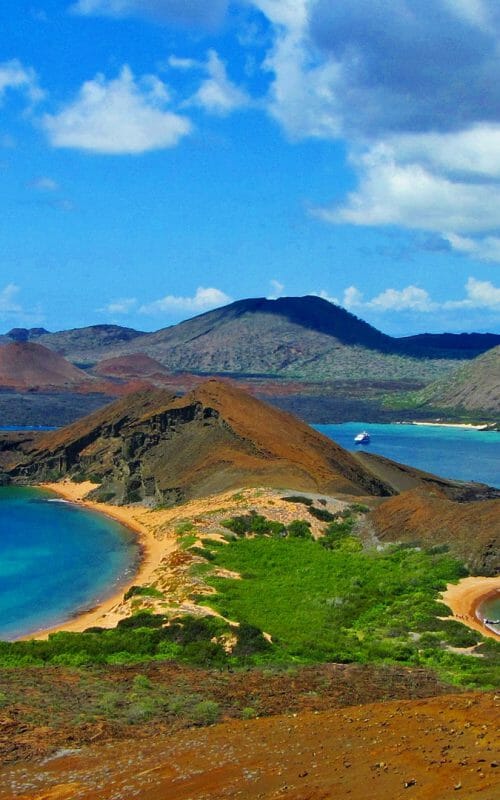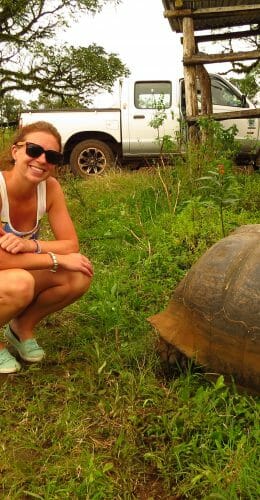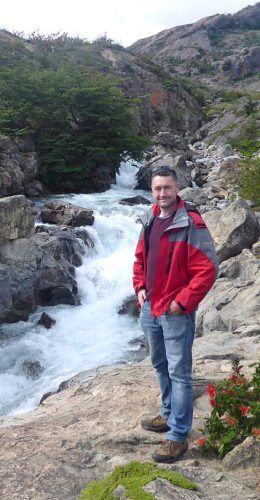On land you will find yourself sidestepping over hundreds of Darwin’s dragon spawn, as well as nesting blue-footed and red-footed boobies, sea lions, and scuttling Sally lightfoot crabs. Giant tortoises, flightless cormorants, waved albatrosses, marine and land iguanas roam in what Darwin described as a “living laboratory” of evolution.
The Islands are fortuitously positioned at the confluence of three distinct oceanic currents, creating a sea of contradictions, as well as one of the highest levels of marine endemism anywhere in the world: nearly one in four species is unique to the islands. In the Galapagos, expect the unexpected. Penguins swim through mangroves in the company of rainbow-coloured reef fish, while whale sharks and schools of hammerheads circle in the same waters as the Moorish idol.


